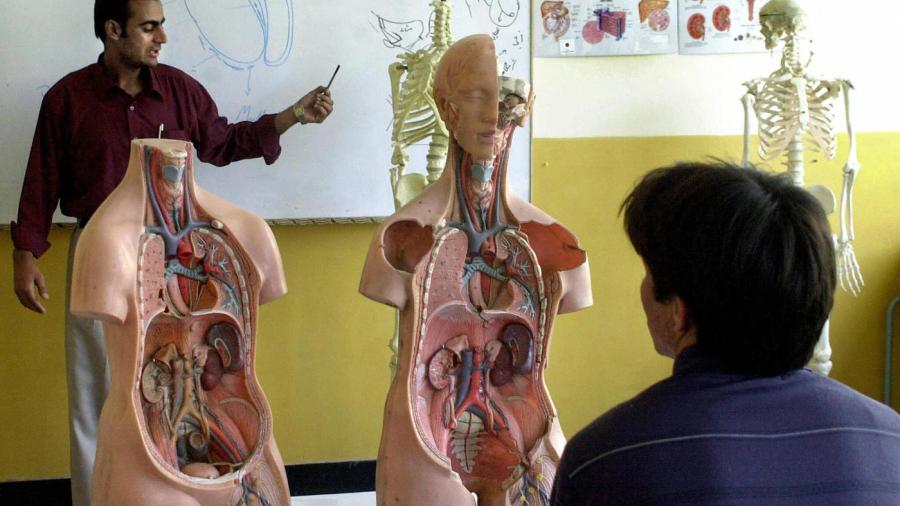What Is a Group of Tissues That Work Together?

A group of tissues that work together to perform one basic function are called organs. When groups of organs work together to perform the same function, they are referred to as an organ system.
The organs in the body help to provide all of the systems in the body with everything they need to sustain life, and the cells located within the organs are grouped together in such a way that help the organs function. A group of cells working towards one goal is referred to as a tissue, which in turn makes up an organ.
Humans have 23 different organs within their bodies, and each organ performs a necessary function that contributes to health and wellbeing. Some of these organs include the eyes, ears, heart, lungs, liver, kidneys and the brain. Other organs include the endocrine system, which secretes hormones and the gall bladder, which is a small muscular sac that is located directly under the liver. This is where bile is stored after it has been secreted by the liver in order to aid in digestion.
There are four different types of tissues. These include the simple squamous, the simple cuboidal cell, the simple columnar cells and the stratified squamous cells.





